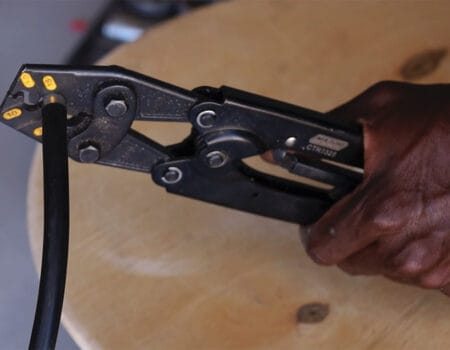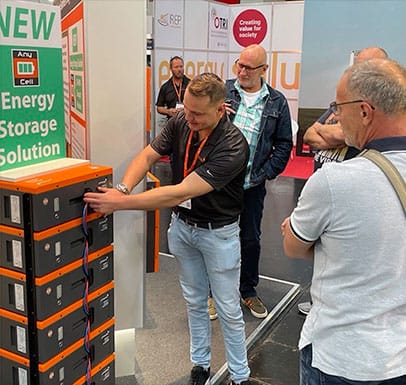
Maintaining a DC chest refrigerator or freezer for optimum life and safe food storage practices equals realizing the maximum return on investment
Who doesn’t want to get the longest life possible from equipment they purchase? It starts with research to find a quality product you can trust. For a DC chest refrigerator or freezer, once you decide what to buy, here are tips about what to do next. Phocos is eager to help customers understand how simple it is to maximize the life of your DC appliance, and stored food, by following these simple steps.
Clean the inside walls and floor
Important Tip: Residue from food and acids that evaporate off food, can build up and either stain or corrode the inside lining of the unit. Most DC chest refrigerators or freezers have a drain at the bottom that usually comes out of the front. When needed, simply use a mild soap and water solution, then rinse and make sure all cleaning product residue is washed away. If there is any mold or mildew, clean with a water and vinegar solution. Then dry all surfaces thoroughly. Frequency of cleaning is ‘as needed’ depending on usage.
Defrost as ice builds up in freezer
Most chest freezers have a low frost system, however DC chest freezers do not have a defrost cycle, so they may need attention more often depending on usage and humidity. All chest freezers build up frost because gaskets will leak air in and out as they breathe when the compressor cycles. Most of the ice should be close to the top where the air comes into the unit. When defrosting, remove contents, and unplug the unit. When ice starts to melt use plastic scraper or spatula to scrape the ice and remove. Be careful not to puncture the liner with excessive force when scraping. Clean as instructed in the first tip (above).
Keep condensation kept to a minimum
For chest refrigerators there is not an automatic drain like an upright refrigerator has. When fruits, vegetables, and other foods are kept for a length of time, they dehydrate, and acid can be absorbed by the condensation. These acids can etch or corrode the liner, so it is important to manage condensation, to avoid damage to the liner and increase the life of your chest refrigerator. There should never be standing water at the bottom of the unit. If water gets inside of the insulation, it can damage the refrigeration coils, and shorten the life of the appliance.
Keep a 2 inch (5 cm) airspace around outside of the unit
DC Chest refrigerators and chest freezers dissipate heat through the outside skin. It is important to keep a few inches of airspace open, so the heat can escape, and the unit can operate at optimum efficiency. Important Tip: There is a common misconception that adding insulation around the unit, will help bring the temperature of the appliance down to increase efficiency. This is inaccurate and does just the opposite. In fact, by adding insulation to the outside of the appliance the heat is not allowed to escape and the appliance will work harder and use more energy to operate. Every watt counts, so be sure to avoid making this common mistake.
Observe these four simple tips, and you will enjoy years of hassle-free operation from your DC chest refrigerator or freezer. At the same time, this will maximize the life of your stored food. You win both ways.
Learn about the Phocos FR Series Efficient DC Chest Refrigerator/Freezer












